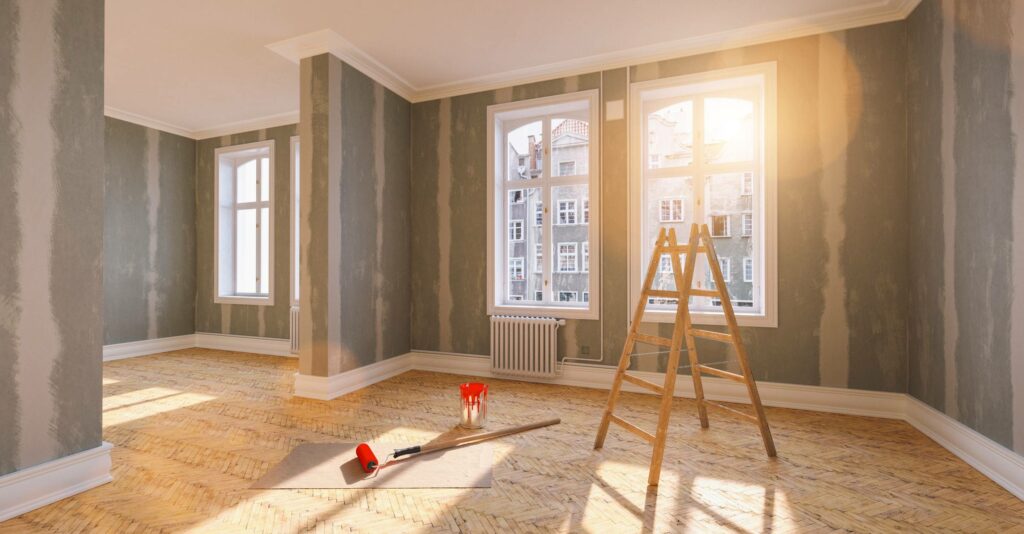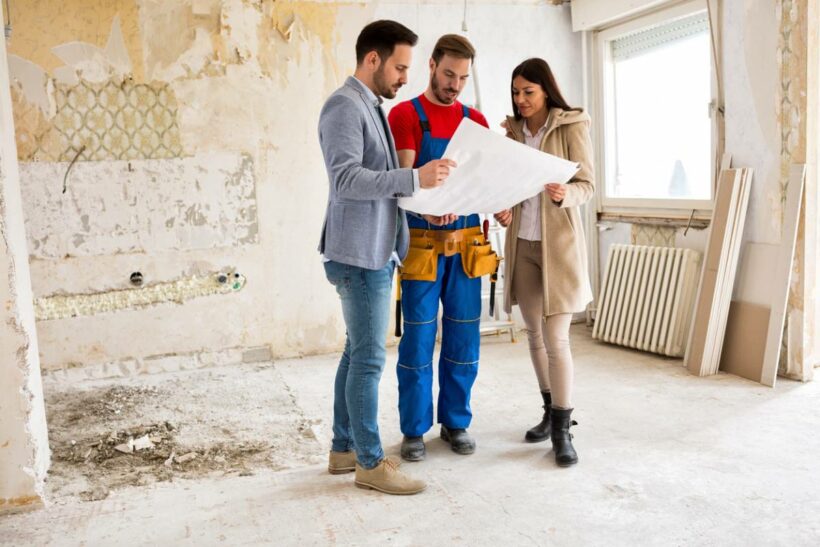When it comes to carrying out work on the house, aesthetic and budgetary issues are the top priority for homeowners. However, the nature and composition of the materials and products used to carry out the work must not be neglected. It is essential to choose them with care because they guarantee the stability, the solidity, the durability of the structure but also the comfort, the well-being and the health of the occupants. Opting for ecological materials is a wise choice for carrying out house work. Moreover, they are already present in construction, insulation systems and decoration. What is it exactly? What are environmentally friendly materials and what are their advantages? Update on the subject.
What do we mean by ecological materials?
Several criteria are considered for the definition of an ecological material, eco-material, bio-based material. C type of material must be extracted or produced with a low environmental impact, from a renewable resource, locally produced, recyclable and harmless to health, etc. By opting for a ecological material, you contribute to the preservation of the environment, by promoting the reduction of waste on the site and at the end of the material's life thanks to recycling. In addition, you will improve your quality of life by considerably reducing the emission of toxic substances such as VOCs or formaldehyde in the house.
Ecological painting
The paint on your walls ages and flakes over time. The presence of water infiltration problems can also make them dilapidated. Repainting after repair work is a great idea to give your interior a new lease of life and character, and improve your comfort. For this, the best is to opt for an ecological paint like interior painting at IZI by EDF, nontoxic. It is made up of binders guaranteeing the hardness, hold and porosity of the paint, pigments giving color and opacity and fillers which affect the level of gloss.

The different paints that can be used
Two types of paint are generally applied in interior spaces. The most widely used is acrylic water-based paint. In addition to being easy to apply, it dries in a few hours and does not emit VOCs. There is also oil paint which is recommended for damp rooms such as the bathroom. However, it should be avoided for bedrooms because it releases volatile chemicals that are harmful to health.
The advantages of an ecological paint
Choosing environmentally friendly products for the realization of construction or renovation projects is attractive for many reasons. Paint with the NF Environment label, for example, has a low impact on the environment throughout its life cycle. As for depolluting paint, it eliminates air pollution in the rooms. Finally, anti-bacterial and hypoallergenic paint is recommended for fragile people. It can be applied in all rooms.
The services of a professional team
Whether it is for painting a bedroom, bathroom, kitchen, interior walls or even ceilings, the best is always call on professionals who respect these values for carrying out the work. Thus, you will benefit from beautiful, neat, ecological, personalized and sustainable achievements within the allotted time. In addition to the establishment of the estimate, the professionals will take care of the preparation and the progress of the site, the choice of colors, the installation of tarpaulins, the finishes, the painting of small technical parts (doors, windows, radiators ... ), cleaning, etc.
Hemp concrete
There are many fields of application for hemp concrete. This ecological material is found in the construction of houses, walls, partitions, etc. As its name suggests, it is produced from hemp wood associated with a light aggregate, a microporous hemp and a natural binder such as lime. In addition to being elastic and permeable to water vapor, hemp concrete has good thermal and acoustic performance.
The monomur brick
Monomur brick is very popular in new constructions because of its higher insulating properties than a classic clay brick or cinder block. It is obtained by adding microbeads which melt when the clay is fired. This process makes it possible to considerably increase the quantity of air contained in the brick, which increases the thermal (0,12 to 0,18 W / mK) and phonic performance of the material. Furthermore, it does not release any toxic substance. However, it should be noted that this material is more expensive than a classic terracotta brick. Indeed, it is necessary to count the double of the price of the m².
The concrete block Aerated concrete
Made with cement, lime, gypsum, sand and aluminum, aerated concrete block is appreciated for its microporous qualities. It is made up of 80% air. In addition to being a non-polluting product, robust, stable and a good insulator, the aerated concrete block is light and easy to install. Moreover, there is no risk of mold growth because this material prevents water from passing while allowing water vapor to circulate from the inside to the outside.
The wooden block
Le wooden block is a 100% natural material and much lighter than concrete block. Appeared in 1999, it is cut directly from the tree without adding glue. There are many advantages to using this environmentally friendly material. First of all, the wooden block is particularly easy to install. You will only need a few screws and nails to secure it in place. It also has good thermal and acoustic insulation qualities as well as a natural regulating action which allows it to avoid condensation and humidity problems. The wooden block is also very resistant to heavy loads and fire.
Many other ecological materials such as hemp wool, cellulose wadding, cork, cotton wool or linen are also available on the market.

